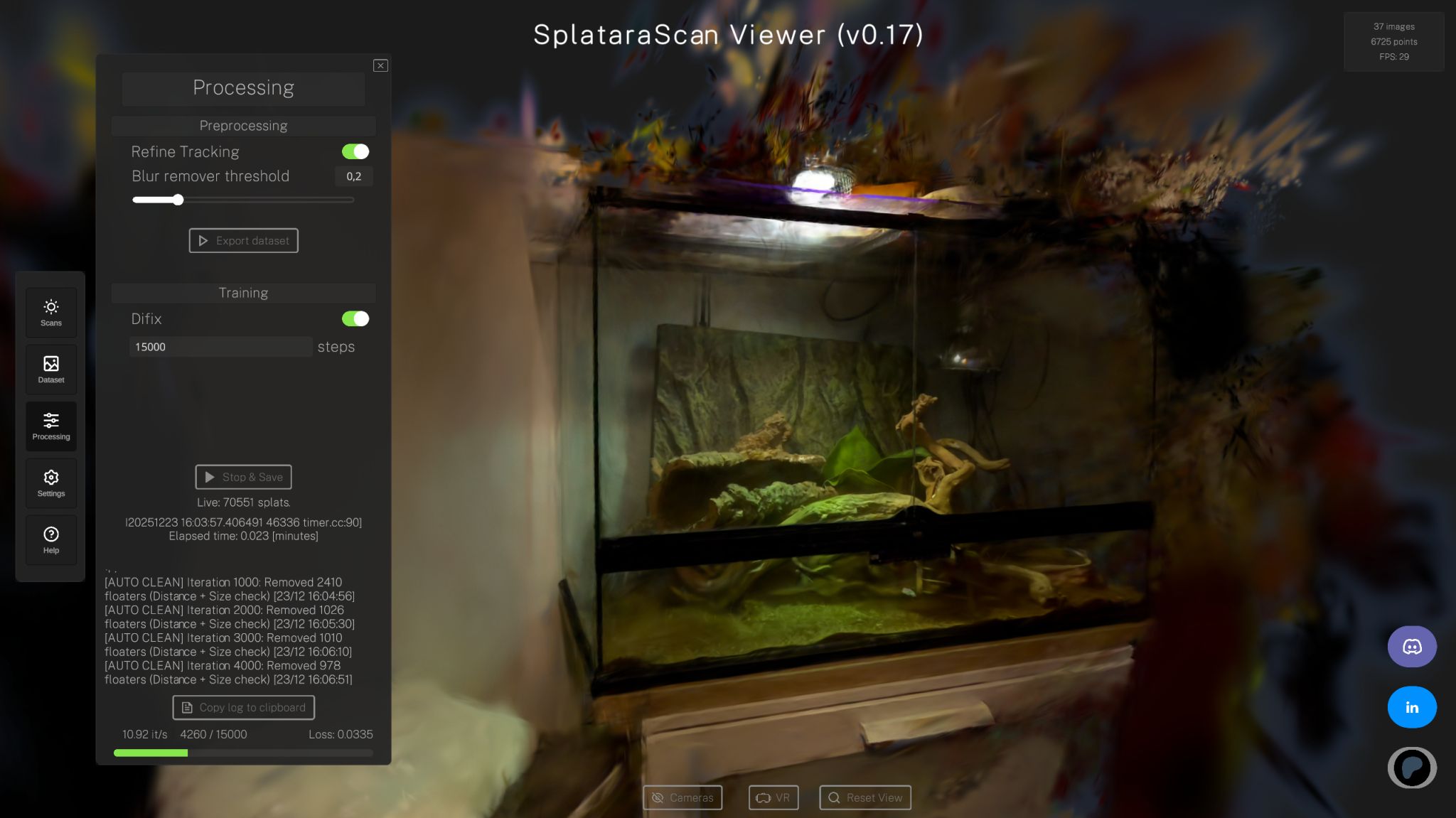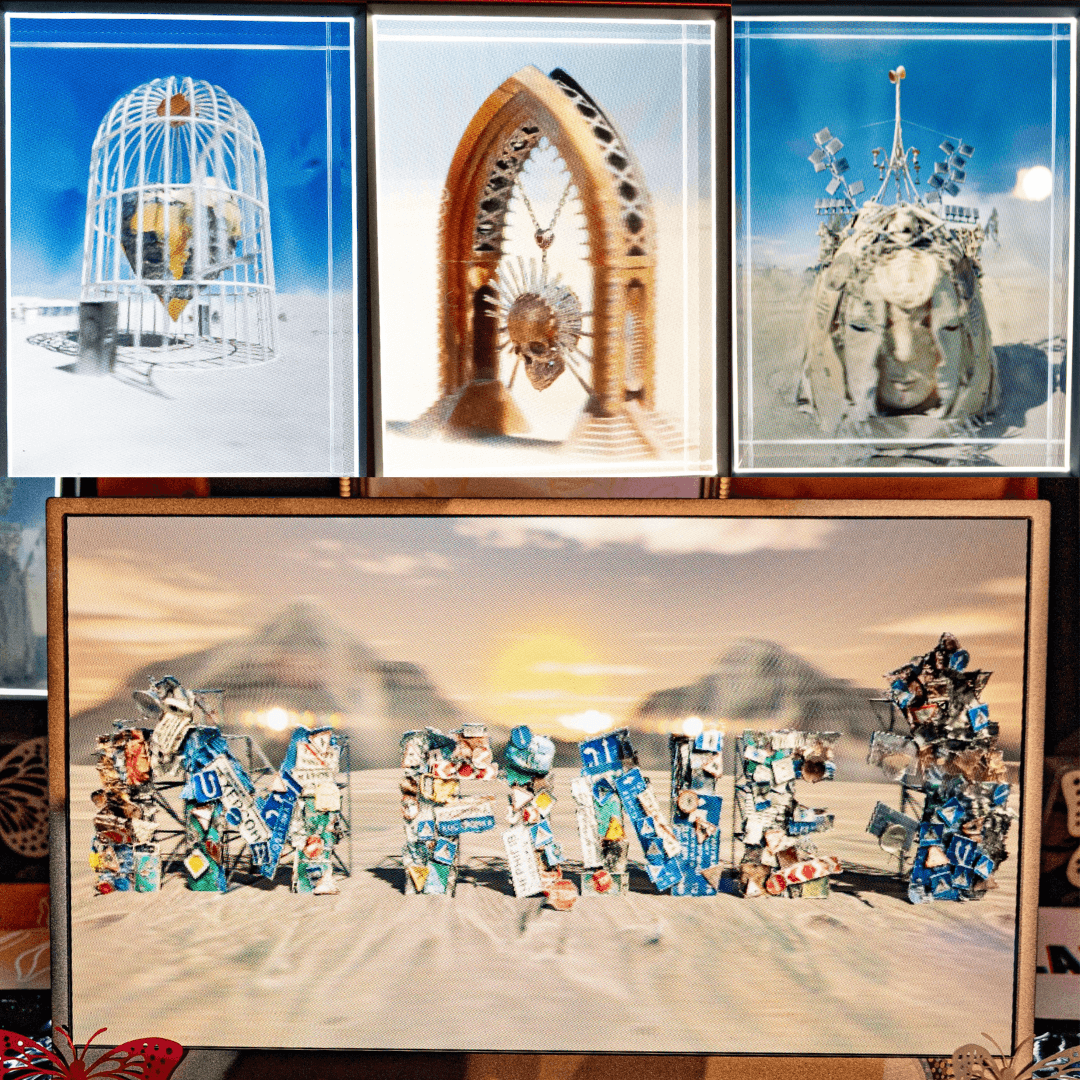

Michael Rubloff
May 2, 2025
A few months after the release of KIRI Engine V3.13, the team is back with another major update, Version 3.14. This release reimagines LiDAR Scene Scanning, delivering enhanced visual quality and, for the first time, giving users the ability to export fully-formed raw datasets formatted for radiance field workflows. With these new capabilities, KIRI continues its mission to bridge the gap between fast mobile capture and high-fidelity professional reconstruction.
V3.14 features a revamped LiDAR Scene Scan, now powered by enhancements that dramatically improve both surface geometry and depth quality. While the small LiDAR sensors on iPhone and iPad Pro devices have long been capable of capturing depth data, their utility has historically been limited by low resolution and difficulty capturing reflective or translucent surfaces. Previous outputs offered convenience, but often lacked the detail needed for architectural or research-grade modeling.
KIRI tackles this challenge through two integrated machine learning models. First, StableNormal generates highly reliable surface normals, even in scenes with motion blur or complex lighting. It creates an initial prediction and then refines it, sharpening the geometry and preserving fine structural detail. Second, PromptDA improves the quality of the depth maps by using the LiDAR signal as a prompt for a depth foundation model. Instead of relying on raw LiDAR alone, this method produces denser, more accurate, and visually coherent reconstructions.
Together, these systems transform the LiDAR Scene Scan feature into a powerful, cloud-enhanced capture pipeline. Users can continue scanning as they always have, but now have the option to upload scans for post-processing with these cutting-edge models.
Perhaps the most exciting addition in V3.14 is the new export functionality. Users can now export their Scene Scans as full raw datasets with camera metadata, confidence maps, depth maps, and original photos. These are pre-formatted for popular 3D research frameworks such as Nerfstudio and GauStudio. I am very excited to try this out!
This capability does require a LiDAR-equipped device and an active KIRI Engine Pro subscription. Users simply toggle "Developer Mode" under the "Me" tab in the app to unlock raw data export.
The new Scene Scan pipeline draws heavily on recent academic advances like AGS-Mesh, PromptDA, and StableNormal, and brings those innovations directly to the user. As more creators, researchers, and engineers begin to work with real-world data, KIRI Engine stands ready to support them with tools that are as accessible as they are advanced.
To try the update or see it in action, you can watch the official explainer video on YouTube or download the KIRI Engine app on iOS or Android.







